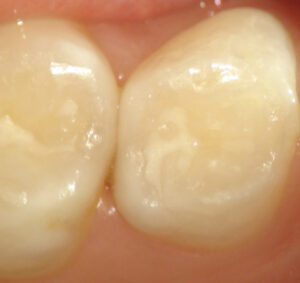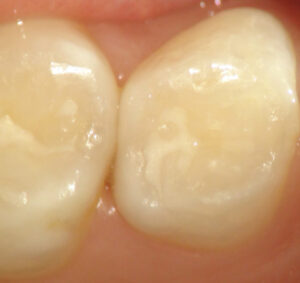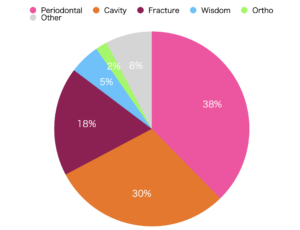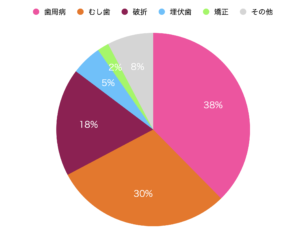歯の解剖
みなさんこんにちは。診療部チームのMasaです。
今日は歯の解説をしていこうと思います。
突然ですが下図をご覧ください。
![歯の断面図のイラスト🎨【フリー素材】|看護roo![カンゴルー]](https://img.kango-roo.com/upload/images/ki/tooth-cross-sectional-view-thumbnail.jpg)
私たちが当たり前のように使っていた歯の解剖図です。
歯の神経までエナメル質と象牙質という2層の組織があるのをご存知でしたか?
歯と顎骨も歯根膜という繊維を介して付いています。今回はこの歯根膜について解説していきます。
この歯根膜は歯の種類によって厚みが異なりますが、奥歯で200〜300μmあります。つまり物を噛んだ時約0.2mm歯は沈んでいるのです。
逆に入れ歯は約2.0mmの沈下量、インプラントは約0.003mmの沈下量です。
まだ入れ歯とインプラントを入れて慣れない頃に感じる違和感は、この沈下量の差が要因の一つです。
もちろん我々歯科医師はこの微妙な差を感じさせないように調整は行なっておりますが、前提として歯を失わない事が一番ですので、日々のケアを心がけてください。
それはまた。
Hello everyone. This is Masa from the Dental Department team. Today, I would like to provide an explanation about teeth. Suddenly, please take a look at the diagram below. This is an anatomical diagram of the teeth that we use as a matter of course. Did you know that the tooth has two layers of tissue—enamel and dentin—that extend to the nerve? Additionally, the tooth and the jawbone are connected via the periodontal ligament.
In this session, I will explain about the periodontal ligament. The thickness of this ligament varies depending on the type of tooth, but in molars, it is about 200 to 300 micrometers. This means that when you bite down, the tooth sinks approximately 0.2 mm. Conversely, dentures typically sink about 2.0 mm, and implants about 0.003 mm. The discomfort experienced when first getting used to dentures or implants is partly due to this difference in sinking amount.
While dentures and implants are excellent treatments, the most important thing is to prevent tooth loss in the first place. Therefore, please be mindful of your daily oral care.






















